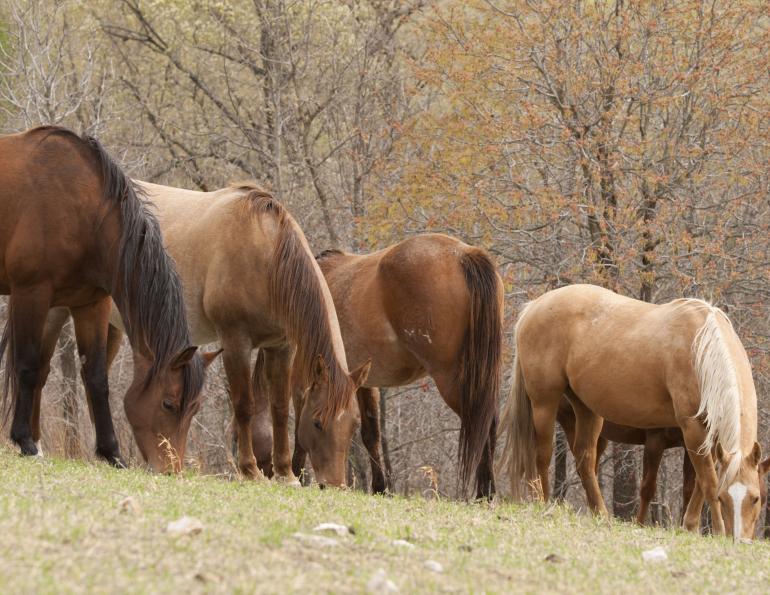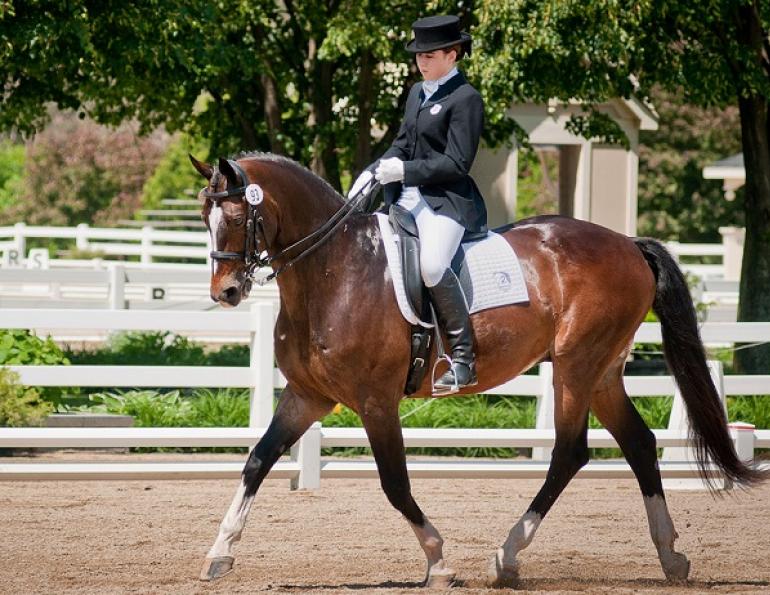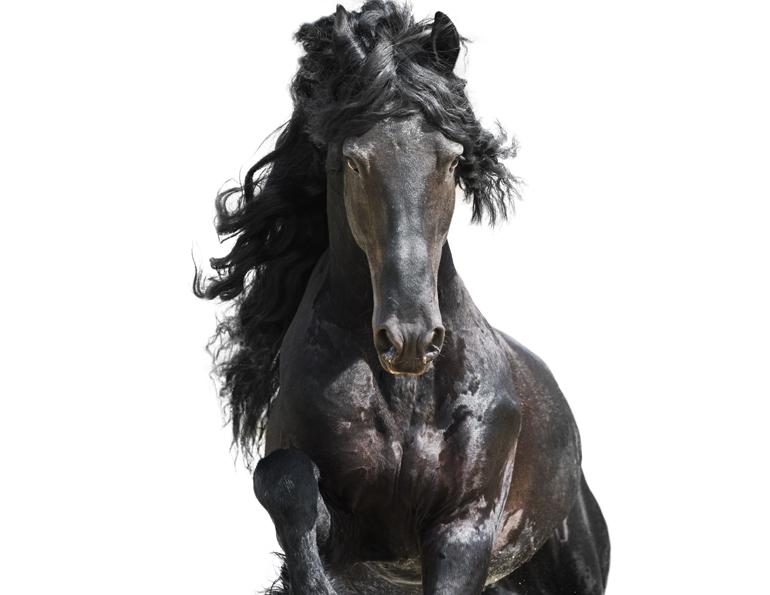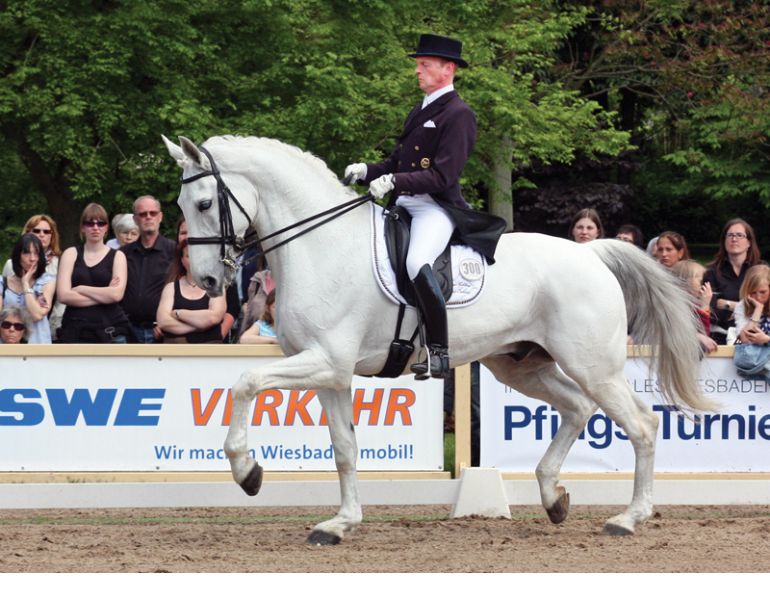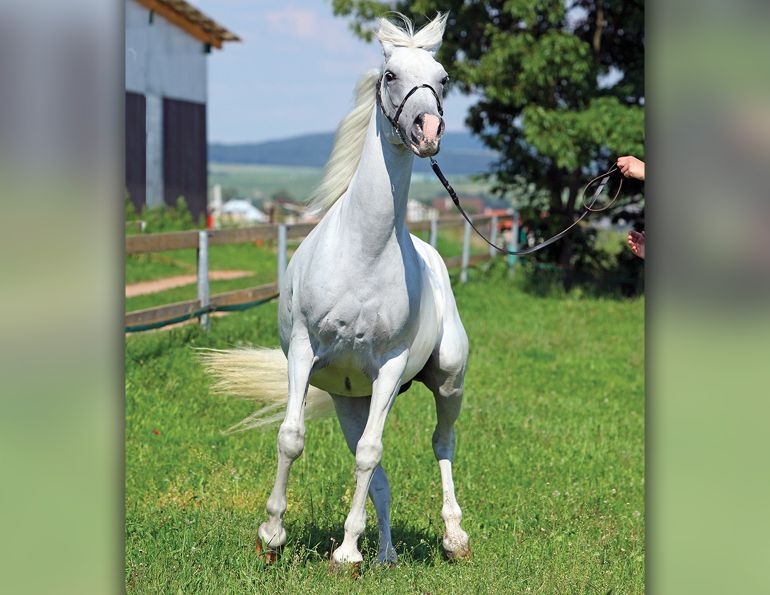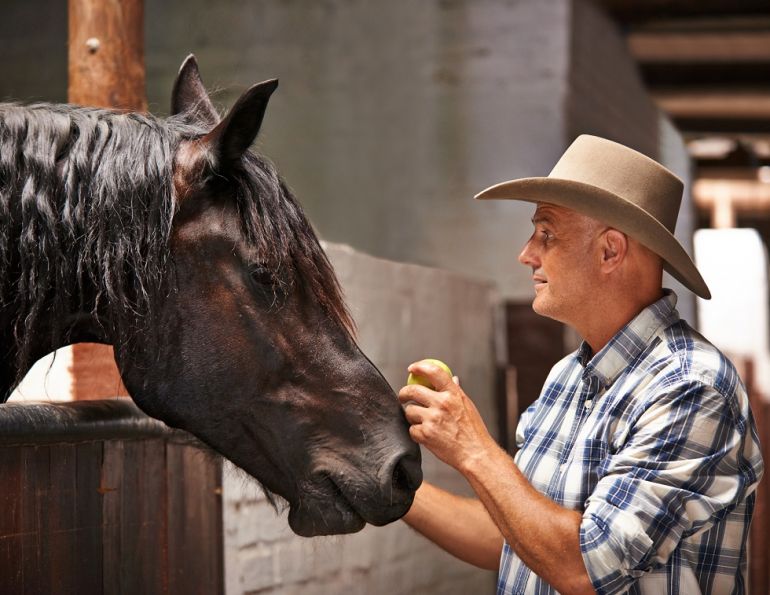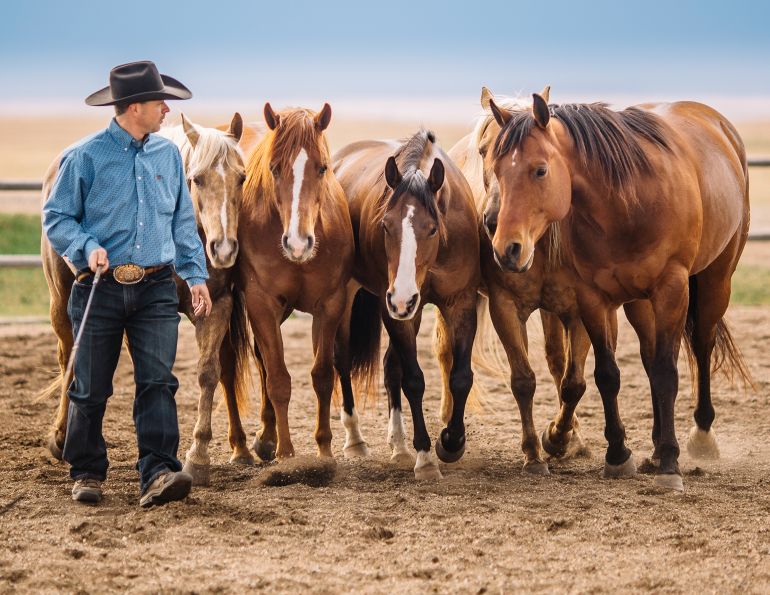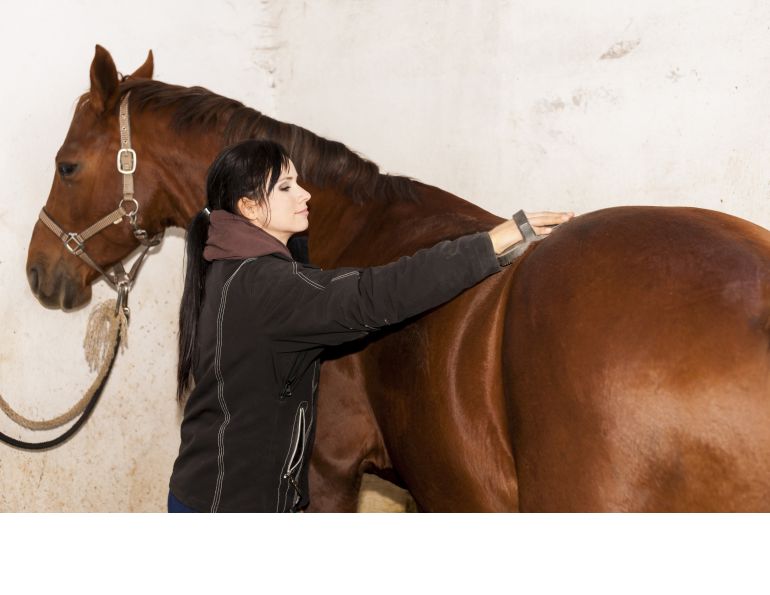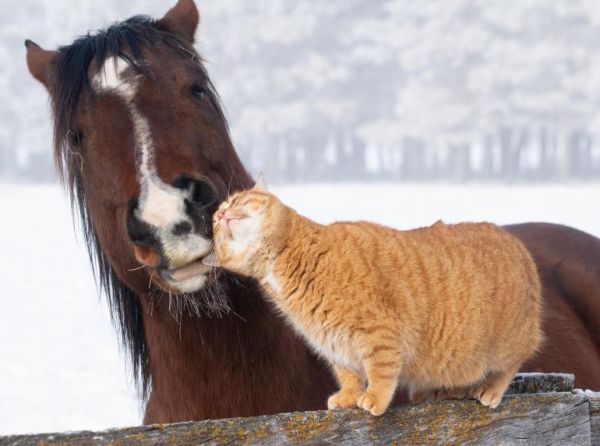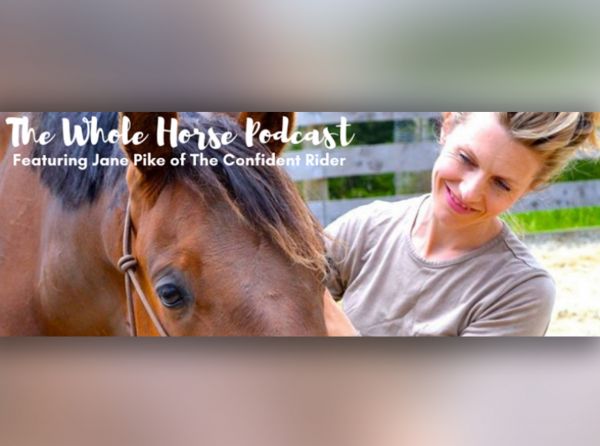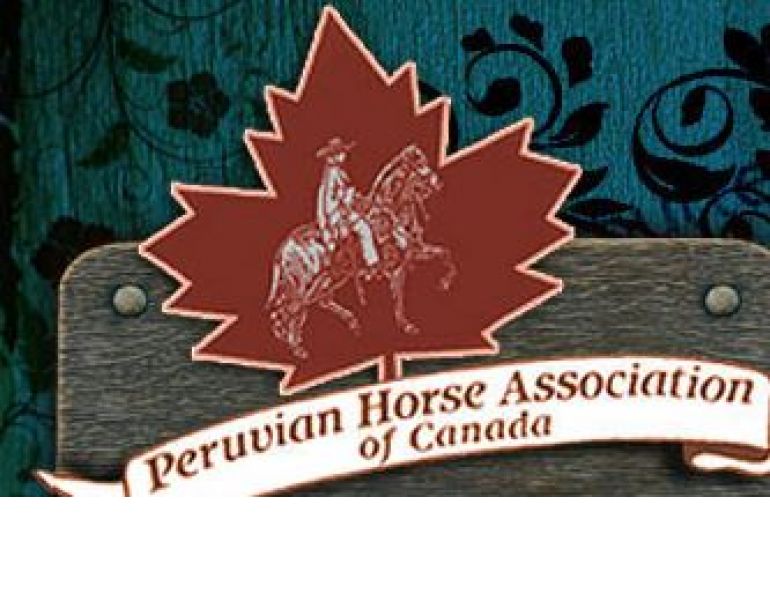By Will Clinging
The behaviour and learning patterns of the horse play a major role in his training process. These patterns are established by instincts, genetic makeup, and environment. We are not in total control of these patterns but to some degree we can help or hinder the direction they go in. These patterns are set at an early age, but I believe we can affect how the patterns develop if we are aware of what they are, and how we can use them in our daily training. Your training program should be flexible enough that you can customize it for each individual horse.
A horse’s behaviour patterns are based on his natural instincts for survival and his ability to process information. Factors such as physical or mental trauma, chronic hunger or neglect can seriously affect a horse’s behaviour patterns. A horse is a prey animal that uses flight as his primary survival mechanism; horses are defensive by nature. The horse’s lack of desire for confrontation tells us that he does not deal well with stress. He would rather run now and think later.
Learning patterns are established through the environment a horse lives in. This is where the quality and quantity of handling or training early in his life will directly affect how much a horse learns later on. The herd establishes these learning patterns initially, and they are continually developing as a horse matures. When we train the horse, we can use the patterns that have been established. By understanding what motivates the horse to act the way he does, we can change his behaviour by motivating him in different ways.
Horses are motivated by fear and by comfort. Other things, such as food and libido, do motivate some horses, but these are not motivators we can use effectively in an average training program. I will classify fear as a negative motivator and comfort as a positive motivator. Horses as individuals respond to these motivators in different ways. Negative motivators can gain positive results, just as positive motivators can achieve negative results. This is where a horse’s individual genetic makeup and his personality are uncontrollable factors.
A horse always thinks he is right. If he answers incorrectly, then you asked him the wrong question: change your question and you might get the answer you want. Photo: Robin Duncan Photography
We can encourage the horse’s decision-making ability by employing the horse’s motivating factors as stimuli and noting his response. We can either encourage or discourage his response based on what we want him to learn.
As a prey animal, a horse is always aware of potential danger and, given a choice, will remove itself from a fearful situation. Many domestic horses do not have that choice as a viable option. If a horse has no way to deal with fear, he will learn less effectively because he is sincerely afraid, and no animal learns well under that kind of stress. Horses that form a fear-based learning pattern will be more reactive and often become over-achievers. They learn not because they feel good, but because they are afraid of what might happen to them if they do not perform. They are essentially working under duress.
A horse that has comfort as a motivator will often be more confident, and more deliberate in his movements. If there is always a reward when he tries to perform, a horse will continue to try. When the horse is motivated to try it is only a matter of time until he performs correctly, because he has been encouraged to feel good about what he is doing.
A horse’s ability to make a decision is often overridden by his instinct to react first and think second. The more afraid a horse becomes, the less capable he is of making a decision about how best to deal with the situation he finds himself in. The decision-making process needs to be developed, because it is not a tool that horses rely upon to keep themselves alive. It is often a secondary response that if developed can bypass the horse’s survival instincts and allow him to process information presented to him. The horse can then decide to do what we ask, or he can decide not to. If the horse is consistently wrong, even though he is thinking about what we want, then we are not giving him enough information to come up with the right decision. Although horses do think and make decisions, they think linearly. Once your horse gets a thought in his head, you need to change the stimulus to get a different thought. A horse always thinks he is right. If he is incorrect based on what you want, then you asked him the wrong thing. Change your question and you might get the answer you want.
Understanding how horses behave, learn and think is essential to development of a training program that is tailor-made to the individual horse. Behaviour and training patterns are just general guidelines that should be followed, but not always relied upon. The individual nature of the horse’s personality, combined with his individual life experience, will often alter his behaviour and learning patterns.
Main article photo: Learning patterns are established through the environment a horse lives in. The herd establishes these learning patterns initially, and they are continually developing as a horse matures.



